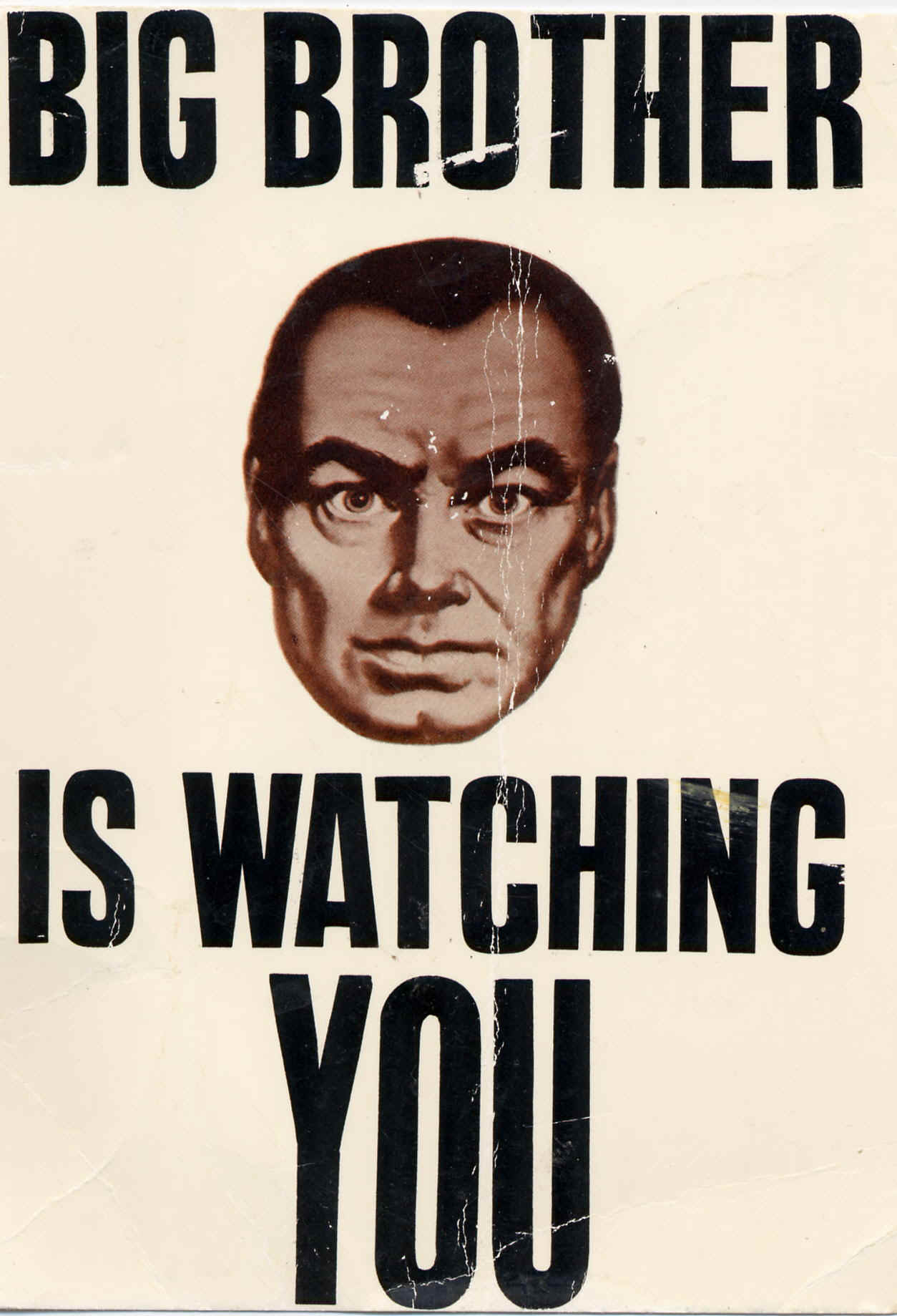Summary:
In “Cyber-Spaces of Grief: Online Memorials and the Columbine High School Shootings,” Maya Socolvsky discusses the psychological and sociopolitical roles of online memorials. Socolvsky states that, “Death is narrated fully, and although the departed are mourned and missed, death itself is understood and mastered [on an Internet memorial]” (476). The author goes on to explain that web memorials actually cause a different type of loss because, “the elusiveness of death that usually resides in absences has been articulated” (476). The article uses virtualmemorials.com as an example to show how web memorials replace loss with an overload of content and an “excess of presence” (473). The latter half of the article discusses other purposes for web memorials, showing examples from three Columbine memorial websites, and concluding that memorial websites can also have an agenda; they bring the living and the deceased together in a space by using this agenda. Though the article gives little indication of whom the author is, the article was published in the journal jac, volume 24, issue 2. The UNC Charlotte website lists this work associated with a “Scolovsky, Maya, Ph.D.,” an assistant professor of English at the University, with several other publications. The author makes a claim that cyber memorials are inherently different from physical memorials and can fill very different roles.
Inquiry:
I disagree with the author that web memorials lack a “haunted space”; web memorials often have the capability of being transparent through use of multimedia, and could provide such a space through videos and images relating to the memorialized event. One example cited by the author is the “Field of Empty Chairs” memorial in Oklahoma City. This memorial could be well documented in image and video to help create the same void as being at the memorial. A site could go as far as getting video and pictures from places and angles normally inaccessible to the public to create an even richer “void” than is available by visiting the memorial. Based on the reading, I propose the following:
- Are memorial websites (or memorials in general) justified in including a sociopolitical message? A religious message?
- If the congenital nature of virtually unlimited space was removed from a website (ie the website could only have so many pages or so much content), similar to the space allowed on a physical memorials, would memorial websites and physical memorials still be different?
- Though there is generally more content on memorial websites, is the added content really more valuable in preserving the memory of a single person?








Blog Archive